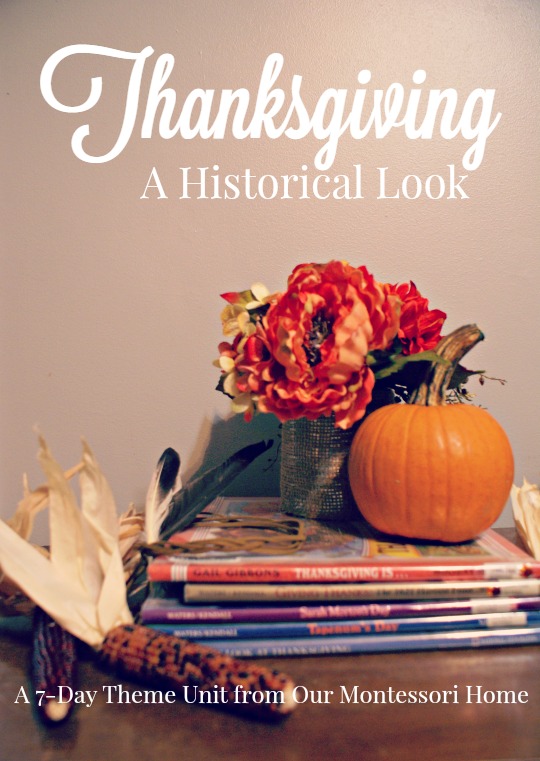 For the last week and a half, I have been immersed in 17th century New England culture. And it’s been fascinating.
For the last week and a half, I have been immersed in 17th century New England culture. And it’s been fascinating.
As I prepared this Thanksgiving theme unit, there were so many tales and tangents I explored and new things I learned in my research. Like the Pilgrims weren’t originally called Pilgrims, but Separatists.
And, you know all those Pilgrim hat crafts we make for Thanksgiving lessons? Well, the Pilgrims never wore tall black hats with buckles, but felt hats with large brims. All the dark, black clothes we associate with Pilgrims, it turns out black cloth was expensive because of how hard it was to dye. The Pilgrims likely wore lighter and brighter colored clothing.
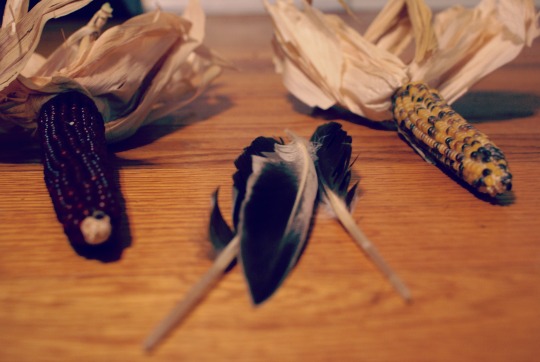 As much as we’ve been taught Thanksgiving to be about the friendship between Pilgrims and the Indians, how much have we heard (or remember) about the Native tribe the Pilgrims met? Who were they? And what did they think of these new settlers?
As much as we’ve been taught Thanksgiving to be about the friendship between Pilgrims and the Indians, how much have we heard (or remember) about the Native tribe the Pilgrims met? Who were they? And what did they think of these new settlers?
What is perhaps, most interesting, is the Thanksgiving as we know it has very few similarities in comparison to what history records. The story of the Pilgrims and Indians gathering together to share a harvest meal has become more of folklore than a reflection of actual events.
We imagine a large table set with a wild turkey and men, women, and children of each community gathered in friendship. While relations between the Wampanoag and Pilgrims were friendly in the early years, both were also wary of the others’ intentions. If you research further, you’ll find familiar faces in the narrative we know, such as Squanto, were not always the heroes we read. (Turns out Squanto was a master manipulator. As the translator between the Pilgrims and Wampanoag, he began to play off each others fears. Both groups eventually called him a traitor.) Parts of the historical Thanksgiving narrative are paid more attention, while others are barely touched upon and some ignored altogether. Felt hats, people.
My goal in this 7-day Thanksgiving theme unit is to lay the foundation of the historical narrative–who the Pilgrims were, why they left England, who (the often nameless) Indians were, and how the iconic Thanksgiving feast came about.
Between the political and religious reasons the Pilgrims left England and the often harsh treatment of Native peoples by European settlers, there are some heavier themes and facts that are touched on in the theme unit. I feel these are important to gain a respectful and true appreciation of this time in history. While they may not all be things you’ll share with your students, I give you a better understanding of the impact both cultures and their meeting had on shaping America.
The last lesson in the unit is a lesson on what it means to be grateful and attempts to help walk a child think through what they’re grateful for in their own life.
Each lesson has a suggested activity and recommended book to read as supplements. In the Resources section you’ll find a list of helpful books to explore the subject and plenty of links to articles, videos, and crafts/activities to accompany the unit. My favorite is from Plimoth Plantation, a living museum that shows what the original Plymouth colony looked like in the 17th century along with a Wampanoag homesite and a replica of the Mayflower with plenty of pictures, videos, and articles. It’s such a wonderful resource.
Get your copy of
Thanksgiving: A Historical Look today!
After this week, I’m ready to start planning a family trip to Plimoth Plantation.
I hope you enjoy this Thanksgiving theme unit. I’d love to hear if it’s a help to you, how you used it, or what your students think!
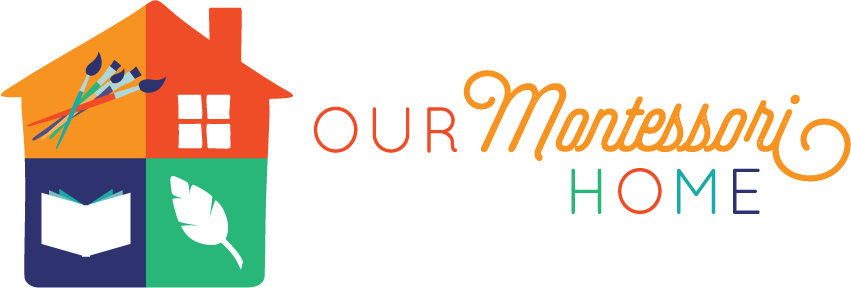
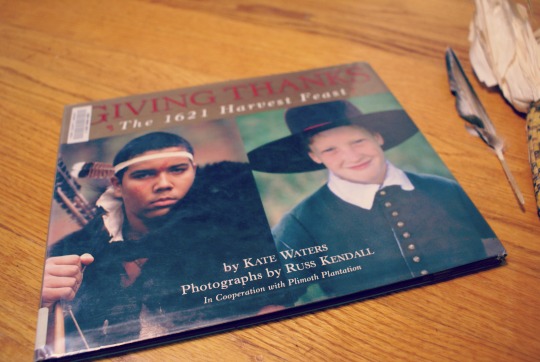
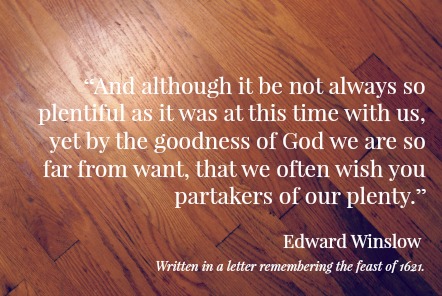
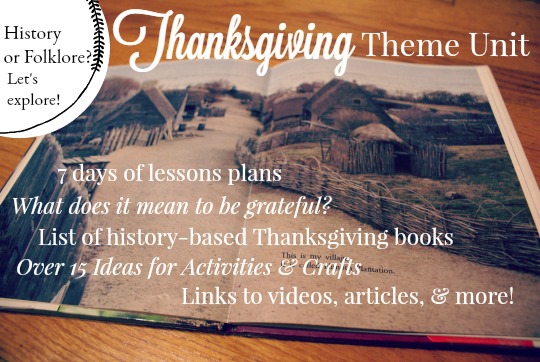
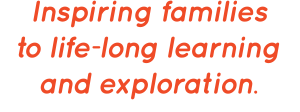







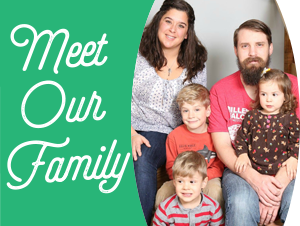













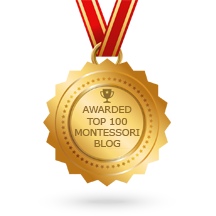






0 comments… add one